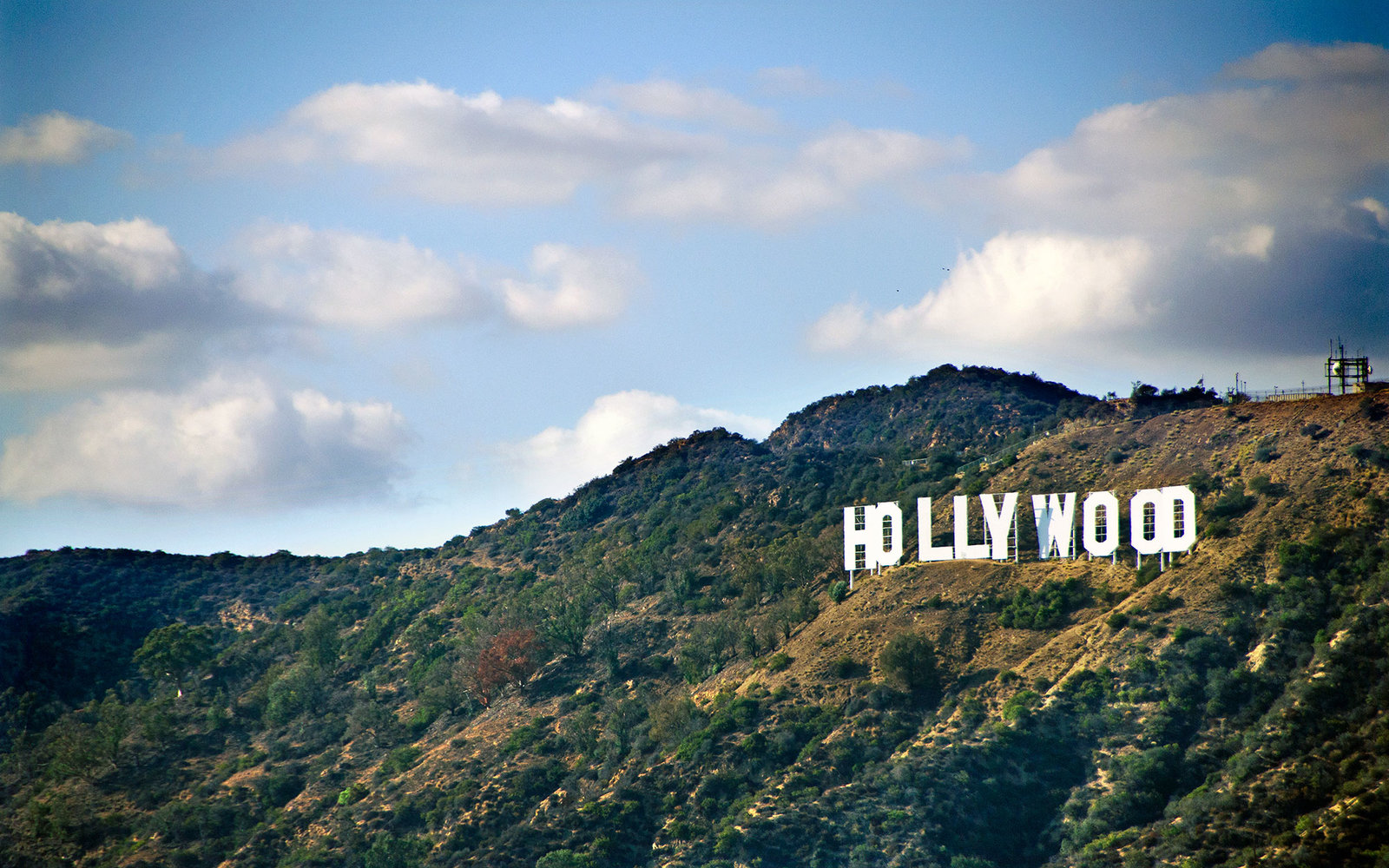
Hollywood is more than just a physical place, it’s a stand-in for America’s film industry. Here, eleven little-known facts about Tinseltown.
Next time you’re in Tinseltown, go beyond Hollywood’s gleaming facade to look inside the neighborhood’s hidden history, from its surprising origins to mysterious hauntings and under-the-radar places worth checking out on your next trip. Here, 11 little-known facts about L.A.’s most famous neighborhood.
It seems pretty ironic, but before Hollywood was synonymous with the film industry and all the debauchery that comes with it, the area was actually laid out by Harvey Wilcox, a prohibitionist from Kansas. At the time, in 1887, Wilcox aimed to create a community in line with his sober principals. We all know how that turned out.
When Wilcox incorporated Hollywood, it was an independent city west of Los Angeles. It wasn’t until 1910 that Hollywood merged with L.A. in order to gain access to its water supply and sewer system. Even today, Hollywood’s exact borders are contested.
Built in 1923, the iconic sign originally said Hollywoodland, not Hollywood as we know it today. It served as a giant advertisement for homes being developed in the area. The sign fell into disrepair and when it was refurbished in the 1940s, the “land” was removed.
Like New York’s Times Square, Hollywood Boulevard became a seedy spot in the 1960s, '70s, and '80s, when hustlers, hookers, and teenage runaways were commonly seen on the Boulevard of Broken Dreams. There were tattoo parlors and sex shops galore, not to mention the “stripper district” so-called because of the profusion of risqué lingerie stores. The boulevard has been cleaning up its act lately—today you’re more likely to run into a guy dressed as Spiderman than a junkie.
It’s no surprise that you’ll find the eternal resting place of many movie stars at the Hollywood Forever Cemetery, but did you know that in the spring and summer, you can watch movies there? Cinespia Movie Screenings attract Angelenos to the famed cemetery to watch cult favorites like Fight Club and Carrie under the stars.
Though the Dolby Theater at the Hollywood & Highland Center now hosts the Academy Awards ceremony, that wasn’t always the case. The first Academy Awards ceremony took place in 1929 at the Hollywood Roosevelt Hotel, which is rumored to be haunted by the ghosts of Marilyn Monroe and Montgomery Clift.
Tinseltown has had its fair share of infamous scandals throughout history, from mafia ties to murders, so it shouldn’t come as a surprise that several of its hotels might be haunted. Janis Joplin’s ghost is said to haunt the Highland Gardens (formerly the Landmark Hotel), where she died of a heroin overdose. The haunted Comedy Store on the Sunset Strip lived a past life as Ciro’s Restaurant, which had ties to the mob in the 1940s and '50s. (It’s largely believed that Frank Sinatra owes some of his success to his mafia ties.) Even the Hollywood Sign is supposedly haunted by the ghost of Peg Entwistle, a moderately successful actress who climbed the H and jumped to her death in 1932. Other supposedly ghost-inhabited spots include Griffith Park, Pantages Theater, and the Culver Studios where Gone With the Wind was filmed.
If the walls of the Chateau Marmont could talk, they’d have enough stories to fill a book. The legendary hotel on the Sunset Strip has a reputation as a place where stars can behave badly and get away with it. Jim Morrison of the Doors supposedly jumped from the roof, but was so high he was unhurt after the fall. The members of Led Zeppelin drove their motorcycles through the lobby in the 1960s. Actor John Belushi died of a drug overdose in bungalow 3 in 1982. Britney Spears and Lindsey Lohan were both banned from the property. And those are just a few highlights in the hotel’s 86-year history.
Most visitors to L.A. head to Madame Tussaud’s to see wax statues of their favorite film stars, but the Hollywood Museum is far more interesting. Housed in the historic Max Factor building, where movie stars used to have their makeup done, the museum has 10,000 artifacts from the golden age of film and beyond, including Marilyn Monroe’s million dollar honeymoon dress, Elvis’s bathrobe, Hannibal Lecter’s jail cell from Silence of the Lambs, and much more.
Exchange your ID for a key card in the garage’s office at 625 N. San Vicente Boulevard near the West Hollywood Library and take the elevator to the fifth floor. The West Hollywood Park Tennis Courts stay open until 9 p.m., so head up there in the evening to watch the sunset over the hills.
Besides the aforementioned ghost that may still haunt the area around the Hollywood sign, the Griffith Park has plenty of other secrets lurking in its 6.5 square miles. The park’s founder Griffith J. Griffith was convicted of shooting his wife in 1903 and during WWII the park was a holding center for Japanese Americans arrested after the bombing of Pearl Harbor. Though it’s technically part of the Los Feliz neighborhood, its location just north of Hollywood combined with its hilly, semi-arid landscape means it has appeared in many films, sometimes as a stand-in for more remote locations. Next time you’re there, try to find Bronson Canyon, a cave in the park’s southwest section that has appeared in movies and TV shows including the original Batman.